The project began with inspiration during a visit to Kennedy Space Center with the curiosity in mind, what if the Indian Space Research Organization (I.S.R.O) has to conduct a manned mission to Mars? How would it be? What would be it like in the future? Seeking answers to this question Samarjit Waghela started studying the role of space exploration in common man’s life, History of space exploration, Cold War, Mars missions conducted so far, what it takes to design a spacecraft, the Role of new technologies, and materials in space exploration. Interacting with senior scientists at ISRO made me aware of the urgency of space exploration.
The two main drivers of the manned space explorations are human safety and cost-effectiveness, keeping these aspects as the core of the project a Martian vehicle for astronauts was designed focusing on modularity.
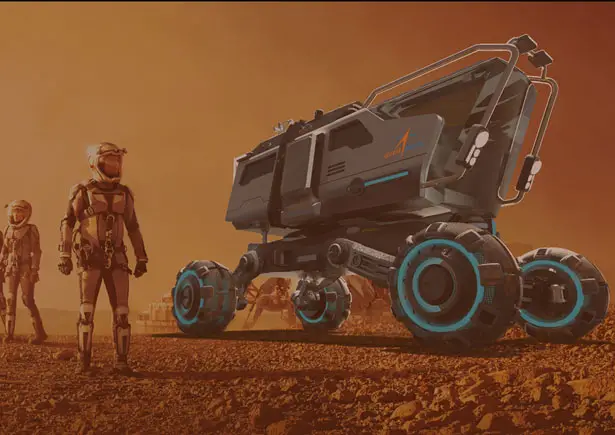
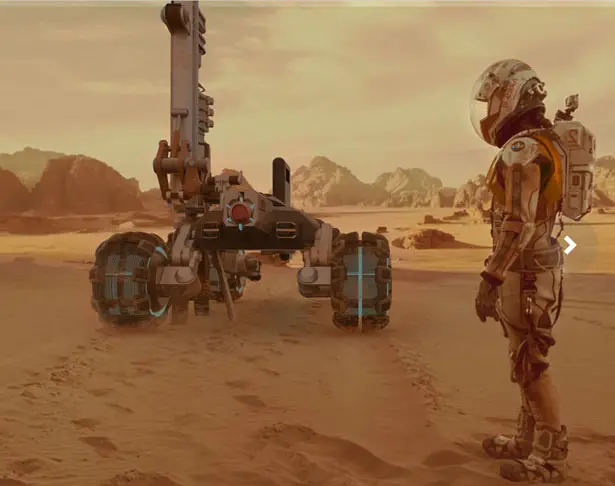
Designed by Samarjit Waghela, four major modules were developed based on human activity on Mars: Scouting, Deep excavation, Logistics, and Habitat building. These four modules will be accommodated on a modular platform as per their specific missions, so instead of developing four different vehicles, a modular rover will serve the purpose successfully. The platform is also equipped with artificial intelligence by which the rover can carry out its mission once given a command. After finalizing the concept and initial ideation were followed by renders, CAD model, and scenarios.
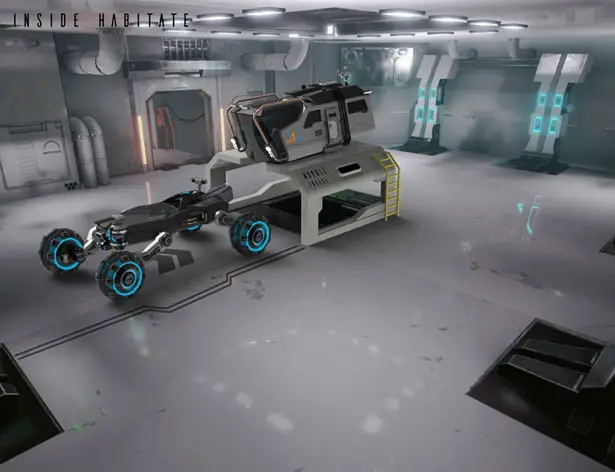
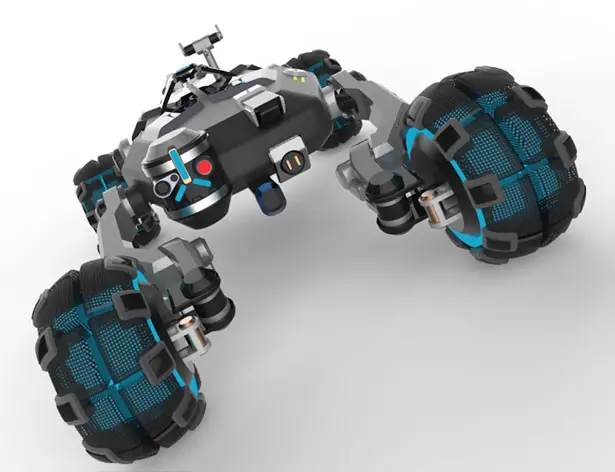
More images of Mars Rover For Indian Space Agency:


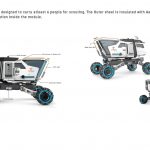
Tuvie has received “Mars Rover For Indian Space Agency (ISRO)” project from our ‘Submit A Design‘ feature, where we welcome our readers to submit their design/concept for publication.







